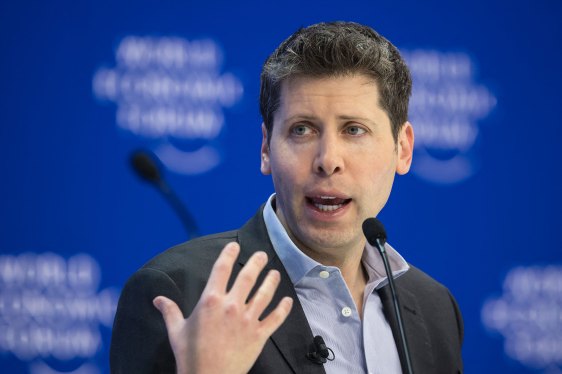AI Safety Under Pressure: OpenAI’s Framework Adjustments Amid Competition

OpenAI is reshaping its AI safety evaluations through a revamped Preparedness Framework, responding to competitive market dynamics that compel rapid deployment of advanced models. In a recent update, the company revealed it may modify its safety protocols if rival firms release AI systems deemed ‘high-risk’ without similar precautions. This shift resonates amid criticisms that OpenAI has progressively relaxed safety standards in pursuit of faster releases. Concerns have intensified following allegations that the organization has not adequately documented its safety testing processes, raising alarms over the potential ramifications of expedited timelines.
In the wake of heightened scrutiny, 12 ex-employees submitted an amicus brief opposing OpenAI’s transition to a corporate structure, warning it could incentivize a further dilution of safety measures. OpenAI, however, asserts that any changes to its protocols would be considered carefully, emphasizing their commitment to maintaining a higher level of protection. The company stated, “If another leading AI developer introduces a high-risk model without equivalent safeguards, we may reevaluate our own criteria,” while pledging to conduct thorough assessments before making any alterations to existing policies.
Key components of the updated framework also indicate a significant reliance on automated evaluations, which OpenAI claims will enable a more efficient product development process. Although they maintain the integration of human testing, the emphasis now largely skews towards automation—a decision that has drawn mixed responses from industry analysts. For instance, reports suggest that the time frame allowed for safety checks on upcoming models has been drastically reduced compared to earlier initiatives.
OpenAI’s assertions of upholding safety have been met with skepticism. Several observers argue that the organization’s reformed framework omits vital safety tests for finetuned models, echoing concerns about a potential lapse in safety priorities. The recent updates categorize AI models based on their risk and capability, defining major thresholds as “high” or “critical.” ‘High capability’ models are viewed as those that could exacerbate existing risks, whereas ‘critical capability’ models introduce unprecedented threats. OpenAI mandates stringent safeguards for both categories before deployment and emphasizes risk mitigation during development.
These adjustments mark the first significant overhaul of OpenAI’s safety framework since 2023. As competitive pressures mount in the AI landscape, industry stakeholders are closely monitoring how OpenAI navigates the balance between innovation and safety. For further details, see insights on AI Ethics and AI Safeguards. Moreover, interested readers can explore OpenAI’s Latest Developments for a deeper understanding of how these alterations might influence future AI deployments.
